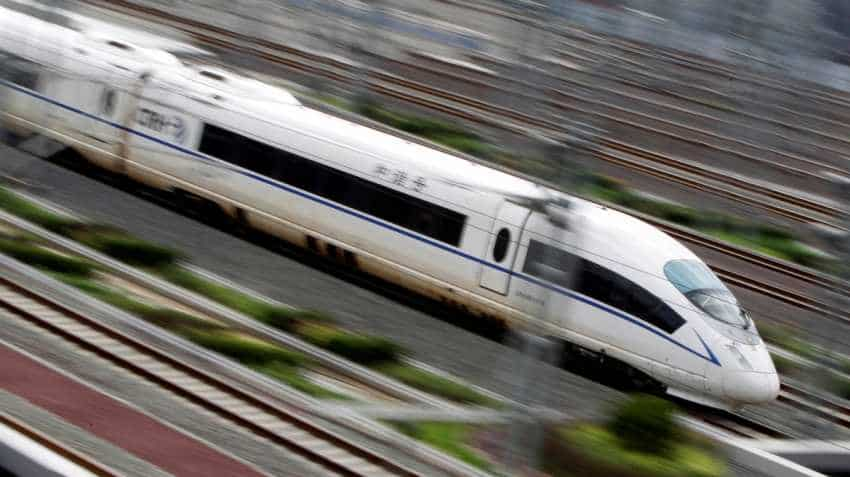Bullet train stations: Indian Railways gets this big Japanese boost
Japanese consultants will join hands with Indian architects to develop the 12 proposed bullet train stations and its adjoining areas in an integrated way.

Japanese consultants will join hands with Indian architects to develop the 12 proposed bullet train stations and its adjoining areas in an integrated way.
In a meeting with senior officials of Mumbai Metropolitan Region Development Authority and Gujarat`s Urban Development and Municipal Commissioners, it was decided to take the help of Japanese experts in developing the areas around the stations -- connecting them to bus, metro and other forms of transportation, a senior Indian Railways official in the know told IANS.
The 12 proposed stations on the Mumbai-Ahmedabad high speed train route are: Bandra Kurla Complex, Thane, Virar, Boisar, Vapi, Bilimora, Surat, Bharuch, Baroda, Anand, Sabarmati and Ahmedabad. Railways will adopt a "transit-oriented development plan" for all these stations so that each becomes a commercial hub ensuring smooth connectivity with the outside world.
In urban planning, transit-oriented development is a type of urban development that maximises the amount of residential, business and leisure space within walking distance of public transport. "There will be scope of constructing housing complexes near some stations as per the plan," the Railways official added.
The terminal building, which will have space for commercial activities like eateries, forex counters, malls and parking lots, will also be a major interchange hub, providing passengers seamless connectivity between the bullet train network and other services such as the metro and bus services, as well as last-mile connectivity.
"Unless the stations are well-connected with neighbouring districts, the bullet train service will not attract the ridership required to make the project viable," said the official.
The bullet trains are expected to run at 350 km per hour covering the 508 km stretch in about two hours. In comparison, trains currently plying on the route take over seven hours to travel the distance, whereas flights take about an hour.
Railways will have two distinct schedules for the bullet trains. The faster route will stop at fewer intermediary stations, which will include Surat and Vadodara, before reaching Ahmedabad, while the other will stop at all stations. The development of 12 stations and its adjoining areas is expected to be a boon for economic activity in the region.
Watch This Zee Business Video Here:
The cost of the ambitious project is estimated to be Rs 1,10,000 crore and Japan is providing a soft loan worth Rs 88,000 crore at 0.1 per cent. The 508-km high speed train corridor between Mumbai and Ahmedabad is expected to be operational by August 2022.
Get Latest Business News, Stock Market Updates and Videos; Check your tax outgo through Income Tax Calculator and save money through our Personal Finance coverage. Check Business Breaking News Live on Zee Business Twitter and Facebook. Subscribe on YouTube.
RECOMMENDED STORIES

Looking for short term investment ideas? Analysts suggest buying these 2 stocks for potential gain; check targets

Rs 3,500 Monthly SIP for 35 years vs Rs 35,000 Monthly SIP for 16 Years: Which can give you higher corpus in long term? See calculations

Small SIP, Big Impact: Rs 1,111 monthly SIP for 40 years, Rs 11,111 for 20 years or Rs 22,222 for 10 years, which do you think works best?
05:42 PM IST










 Mumbai: Taxi, auto fare set to go up from October 1 - check new rates
Mumbai: Taxi, auto fare set to go up from October 1 - check new rates First-class coach in Mumbai Metro? What Delhi Metro officials have to say
First-class coach in Mumbai Metro? What Delhi Metro officials have to say Mumbai monorail to be run by Delhi Metro? Here is what is on cards
Mumbai monorail to be run by Delhi Metro? Here is what is on cards Mumbai monorail goes green, all 18 stations set to get sun power
Mumbai monorail goes green, all 18 stations set to get sun power Upcoming Mumbai Metro stations set to get unique identities; see how
Upcoming Mumbai Metro stations set to get unique identities; see how